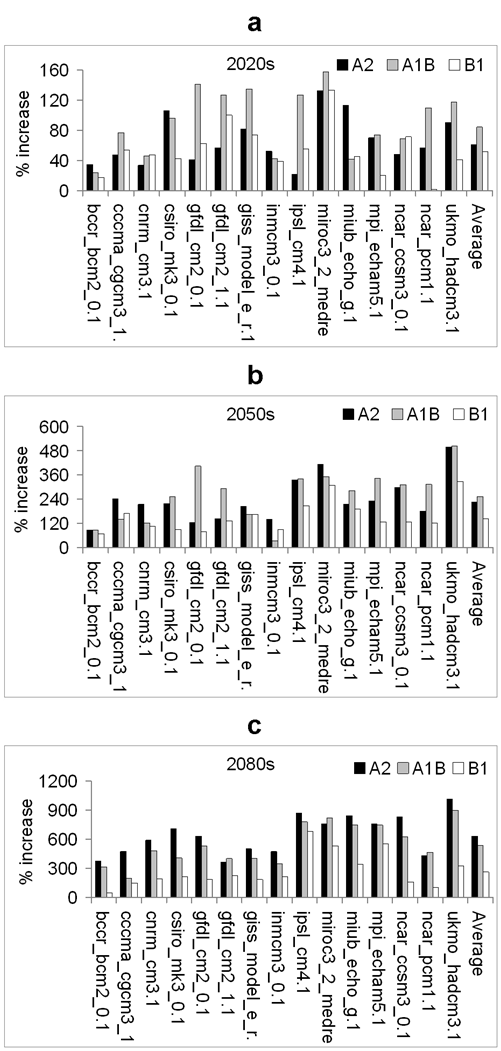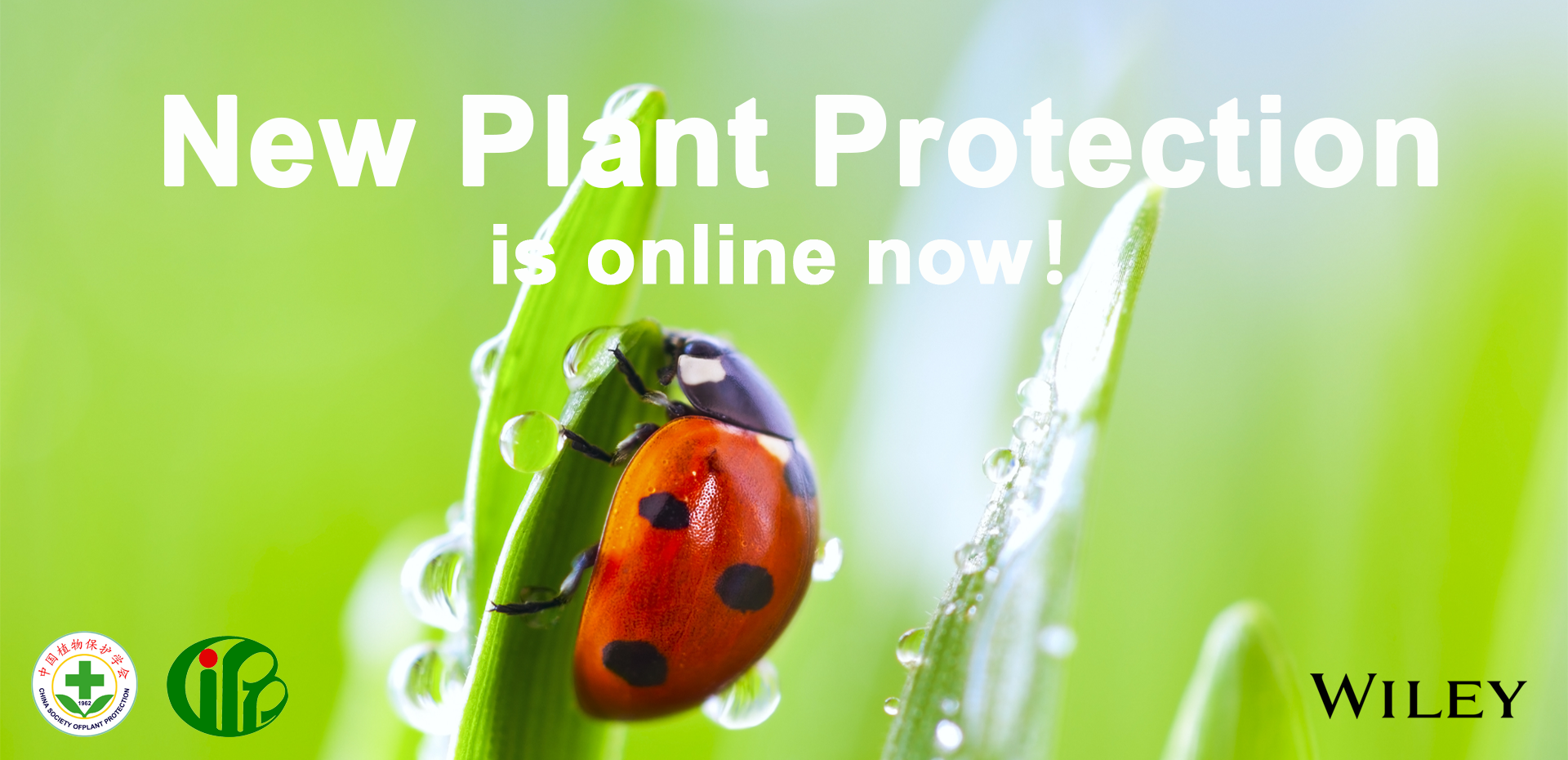Potential overwintering boundary and voltinism changes in the brown planthopper, Nilaparvata lugens, in China in response to global warming
Global temperatures have increased in recent decades and future increase is predicted. Temperature increase can have significant consequences on ectothermic organisms, such as insect pests, such effects on insect pests and the resulting impact on food crops must be assessed to ensure future agricultural success and to allow agricultural systems to be adapted to address these effects.
The brown planthopper Nilaparvata lugens (Stål) is a major rice insect pest in China and other Asian countries. This study assessed a potential northward shift in the overwintering boundaries and changes in the overwintering areas and voltinism of this planthopper species in China in response to global warming. Temperature data generated by 15 Global Circulation Models (GCMs) from 2010-2099 were employed to analyze the planthopper's overwintering boundaries and overwintering areas in conjunction with three Special Report on Emissions Scenarios (SRES). Planthopper voltinism from 1961-2050 was analyzed in scenario A2 using degree-day models with projections from the regional circulation model (RCM) Providing Regional Climates for Impacts Studies (PRECIS). In both analyses, 1961-1990 served as the baseline period.
Both the intermittent and constant overwintering boundaries were projected to shift northward; these shifts were more pronounced during later time periods and in scenarios A2 and A1B. The intermittent overwintering area was modeled to increase by 11%, 24% and 44%, and the constant overwintering area, by 66%, 206% and 477%, during the 2020s, 2050s and 2080s, respectively. Planthopper voltinism will increase by <0.5, 0.5-1.0 and 1.0-1.4 generations in northern, central and southern China, respectively, in 2021-2050. Our results suggest that the brown planthopper will overwinter in a much larger region and will produce more generations under future climate warming scenarios. As a result, the planthopper will exert an even greater threat to China’s rice production in the future.

Predicted increase in planthopper’s constant overwintering areas for each combination of fifteen GCMs, three scenarios (A2, A1B and B1) and three time periods (2020s, 2050s and 2080s).
-
 China-Laos Training Workshop on Integrated Management of Destructive Crop Pests and Diseases Successfully held in Laos
China-Laos Training Workshop on Integrated Management of Destructive Crop Pests and Diseases Successfully held in Laos -
 New Plant Protection: New challenge and new opportunity for plant protection
New Plant Protection: New challenge and new opportunity for plant protection -
 International and SELAMAT Conference on Pesticide Residue and Mycotoxin Contamination Held in Beijing
International and SELAMAT Conference on Pesticide Residue and Mycotoxin Contamination Held in Beijing -
 CAAS President Meets Chairman of ASEAN FAW Taskforce
CAAS President Meets Chairman of ASEAN FAW Taskforce
